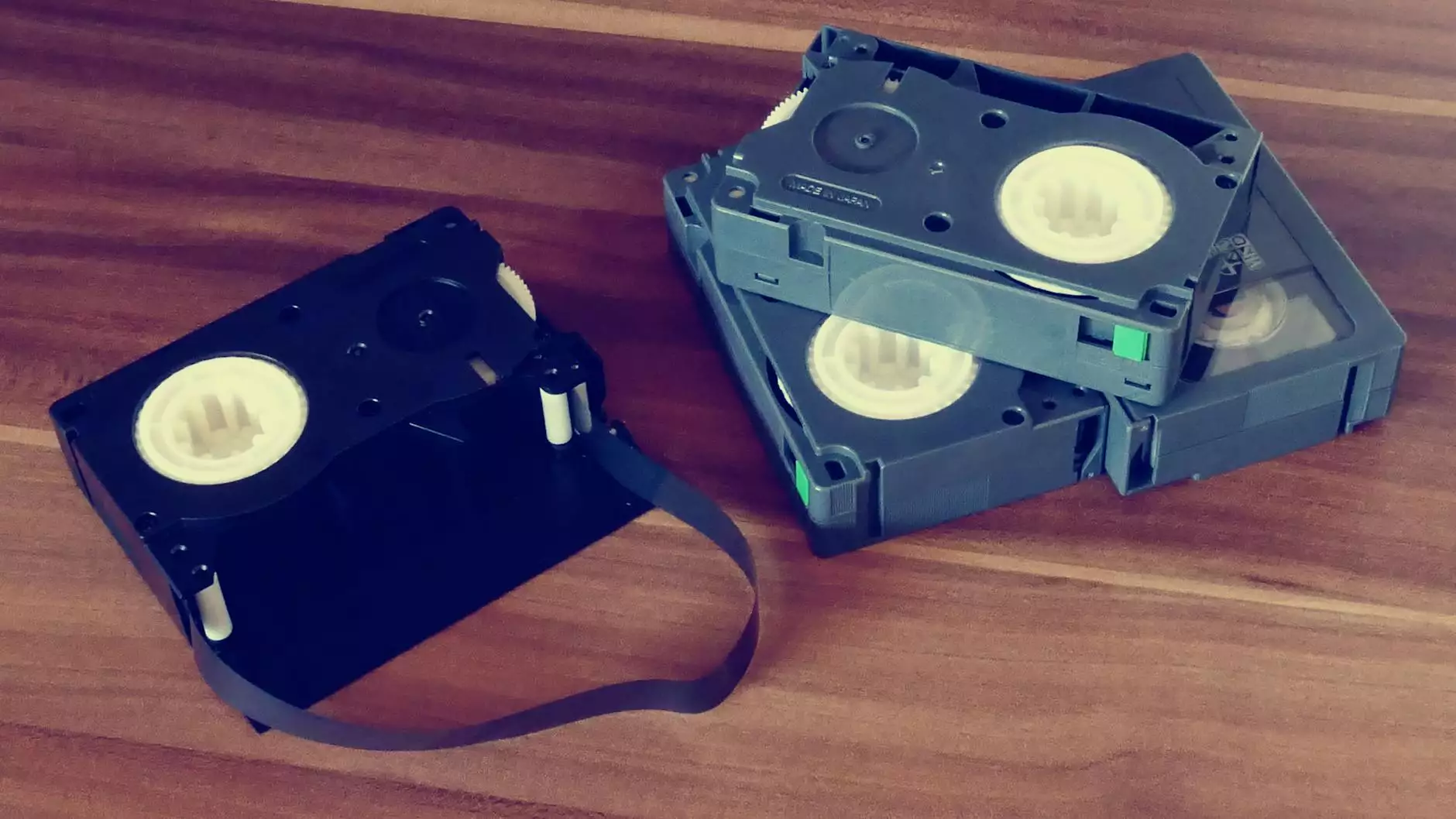Tendinosis vs Tendinitis: Understanding the Differences and Treatment Options

If you’ve ever experienced discomfort in your joints or tendons, you may have stumbled upon the terms tendinosis and tendinitis. While these conditions sound similar, they represent distinct ailments that affect the tendons in different ways. In this article, we will dive deep into tendinosis vs tendinitis, exploring their definitions, causes, symptoms, treatment options, and preventative measures, equipping you with the knowledge needed to manage tendon-related issues effectively.
What Are Tendons?
Tendons are robust, fibrous connective tissues that bind muscles to bones, thereby enabling movement and providing stability to the musculoskeletal system. Understanding the vital role tendons play is essential, as this lays the foundation for comprehending tendinosis and tendinitis.
The Role of Tendons in Movement
Tendons facilitate the transmission of force from muscles to bones, allowing for a seamless range of motions such as lifting, running, and jumping. The health of tendons is crucial not only for athletic performance but also for daily activities. When tendons become damaged or inflamed, even simple movements can become painful or impossible.
Defining Tendinosis and Tendinitis
To better understand tendinosis vs tendinitis, let's define each condition clearly:
What is Tendinitis?
Tendinitis refers to the inflammation of a tendon, often resulting from acute injury or repetitive strain. This inflammation typically leads to pain, tenderness, and swelling in the affected area. Common locations for tendinitis include the shoulder (rotator cuff tendinitis), elbow (tennis elbow), knee (jumper's knee), and Achilles tendon.
What is Tendinosis?
Tendinosis is a degenerative condition often characterized by the breakdown of collagen in the tendon, usually due to chronic overuse or lack of adequate healing time. Unlike tendinitis, tendinosis does not involve inflammation but excessive wear and tear on the tendon, leading to stiffness, weakness, and persistent pain. Common examples of tendinosis include chronic Achilles tendinosis or patellar tendinosis.
The Key Differences: Tendinosis vs Tendinitis
1. Causes
- Tendinitis: Often caused by acute injuries, repetitive stress, or sudden increases in activity levels.
- Tendinosis: Primarily results from chronic overuse, poor blood supply, and insufficient recovery time.
2. Symptoms
While both conditions may involve pain, the nature and onset of symptoms differ:
- Tendinitis: Symptoms include sudden onset of pain, swelling, tenderness in the affected area, and restricted mobility.
- Tendinosis: Symptoms are typically a gradual, dull pain, stiffness, local tenderness, and weakness in the affected tendon.
3. Diagnosis
Diagnosis of either condition is based on physical examination, patient history, and imaging techniques such as MRI or ultrasound. Understanding whether a patient is experiencing tendinitis or tendinosis significantly impacts the treatment approach.
Treatment Options for Tendinosis and Tendinitis
Treatment for Tendinitis
Treatment strategies for tendinitis are designed to relieve pain and inflammation. Key approaches include:
- Rest: Avoiding activities that exacerbate symptoms is crucial.
- Ice Therapy: Applying ice to the affected area can help reduce swelling and pain.
- Stretching and Strengthening: Gentle stretching and guided strengthening exercises can promote healing.
- Physical Therapy: A targeted program can help restore functionality and prevent future injuries.
- Medication: Over-the-counter anti-inflammatory medications may be recommended to manage pain.
Treatment for Tendinosis
Since tendinosis results from degenerative changes, treatments focus on promoting healing and strengthening the tendon:
- Activity Modification: Reducing activities that strain the tendon is essential for recovery.
- Therapeutic Ultrasound: This non-invasive technique promotes tissue healing.
- Eccentric Exercise: Specific exercises that focus on lengthening the tendon can stimulate healing.
- Corticosteroid Injections: May be considered occasionally to alleviate severe pain, although it's less frequently used than for tendinitis.
- Surgery: In chronic cases where conservative methods fail, surgical options may be considered to repair tendon damage.
Preventing Tendon Injuries
Whether you're dealing with tendinosis vs tendinitis, prevention is always better than treatment. Here are some effective strategies to maintain tendon health:
- Warm-Up: Always perform adequate warm-up exercises before engaging in physical activity.
- Strength Training: Incorporating strength training can help fortify the muscles and tendons.
- Flexibility Training: Regular stretching sessions promote flexibility and can prevent stiffness.
- Gradual Progression: Avoid sudden increases in activity intensity or frequency. Gradually ramping up exercise levels helps prevent strains.
- Cross-Training: Engaging in various recreational activities can prevent overuse injuries linked to repetitive stress.
When to Seek Medical Attention
It is vital to recognize when tendon pain may warrant medical evaluation. If you experience:
- Persistent pain that does not improve with home treatment.
- Swelling that increases over time.
- Inability to move the affected limb.
- Significant joint instability or deformity.
Consulting with a healthcare professional or a sports medicine specialist can aid in proper diagnosis and crafting a tailored treatment plan.
Conclusion
In summary, understanding the nuances between tendinosis and tendinitis is critical for effective management and prevention of tendon injuries. Both conditions can significantly impact daily life and physical activity, but with appropriate knowledge and treatment strategies, you can ensure a swift return to optimum health and functionality. Always remember that listening to your body and preventative measures are crucial in maintaining tendon health and avoiding injuries in the future.
For more information and resources on tendon health and treatment options, visit iaom-us.com.









